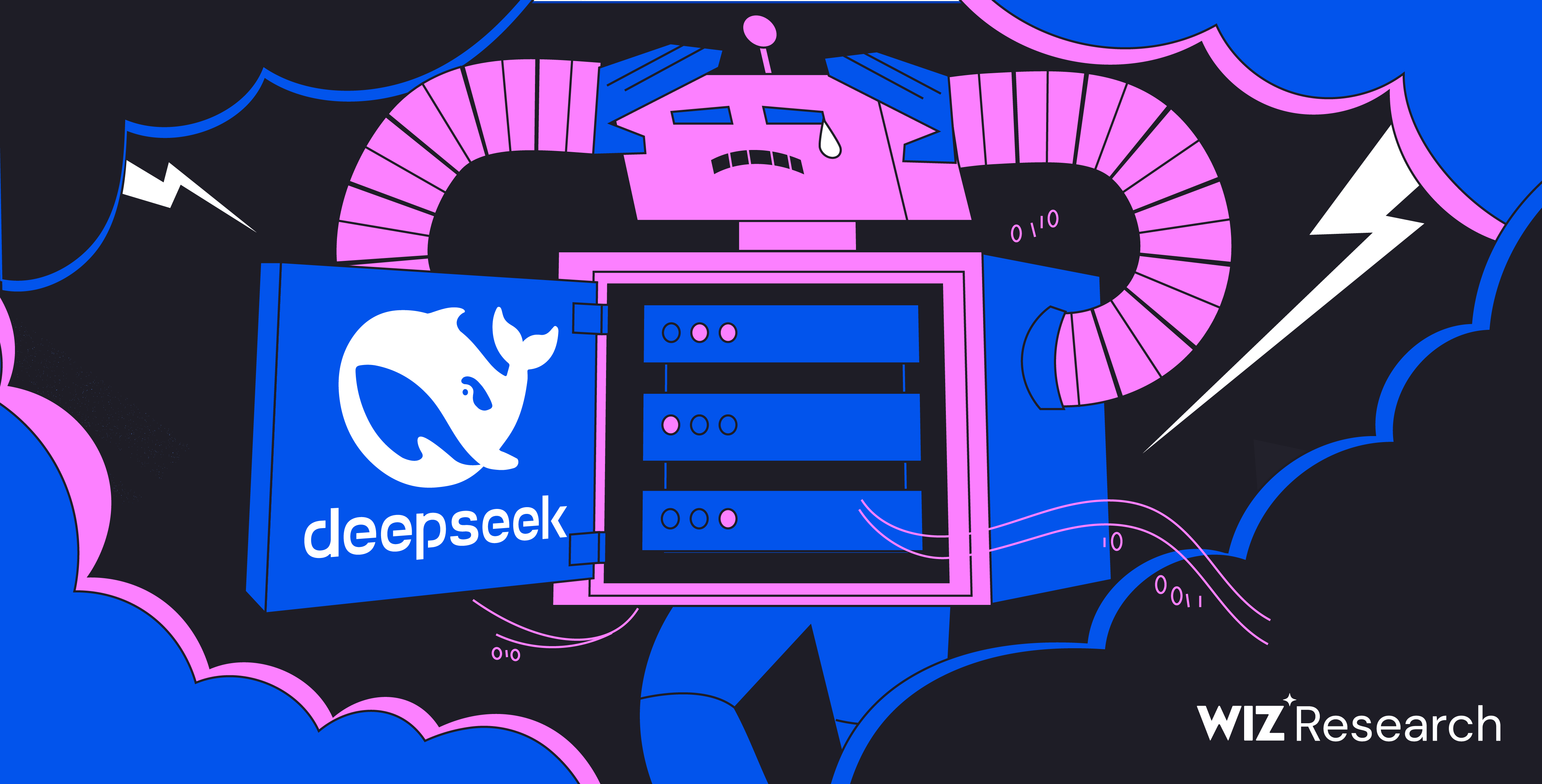DeepSeek-R1 the current AI design from Chinese start-up DeepSeek represents a cutting-edge advancement in generative AI innovation. Released in January 2025, it has gained worldwide attention for its ingenious architecture, cost-effectiveness, and exceptional efficiency throughout several domains.
What Makes DeepSeek-R1 Unique?
The increasing need for AI models efficient in dealing with complicated reasoning tasks, long-context comprehension, and domain-specific adaptability has actually exposed constraints in conventional thick transformer-based models. These models frequently experience:
High computational expenses due to triggering all criteria during inference.
Inefficiencies in multi-domain task handling.
Limited scalability for large-scale releases.
At its core, DeepSeek-R1 identifies itself through an effective combination of scalability, effectiveness, and high performance. Its architecture is constructed on 2 fundamental pillars: an advanced Mixture of Experts (MoE) structure and an advanced transformer-based style. This hybrid method enables the model to deal with complex jobs with exceptional precision and speed while maintaining cost-effectiveness and attaining state-of-the-art results.
Core Architecture of DeepSeek-R1
1. Multi-Head Latent Attention (MLA)

MLA is a vital architectural development in DeepSeek-R1, introduced initially in DeepSeek-V2 and additional fine-tuned in R1 developed to enhance the attention mechanism, reducing memory overhead and computational inadequacies throughout inference. It operates as part of the design's core architecture, straight affecting how the model procedures and creates outputs.

Traditional multi-head attention computes separate Key (K), Query (Q), and Value (V) matrices for each head, which scales quadratically with input size.
MLA changes this with a low-rank factorization method. Instead of caching full K and V matrices for each head, MLA compresses them into a latent vector.
During inference, these hidden vectors are decompressed on-the-fly to recreate K and V matrices for each head which dramatically reduced KV-cache size to simply 5-13% of conventional techniques.
Additionally, MLA integrated Rotary Position Embeddings (RoPE) into its style by committing a part of each Q and K head specifically for positional details preventing redundant knowing across heads while maintaining compatibility with position-aware jobs like long-context reasoning.
2. Mixture of Experts (MoE): The Backbone of Efficiency
MoE framework permits the model to dynamically trigger just the most pertinent sub-networks (or "specialists") for an offered task, guaranteeing efficient resource utilization. The architecture consists of 671 billion criteria dispersed across these specialist networks.
Integrated dynamic gating mechanism that does something about it on which specialists are triggered based upon the input. For any provided query, only 37 billion criteria are activated throughout a single forward pass, substantially reducing computational overhead while maintaining high efficiency.
This sparsity is attained through methods like Load Balancing Loss, which makes sure that all professionals are used uniformly with time to prevent traffic jams.
This architecture is built on the foundation of DeepSeek-V3 (a pre-trained foundation model with robust general-purpose capabilities) further fine-tuned to improve thinking capabilities and domain adaptability.
3. Transformer-Based Design

In addition to MoE, DeepSeek-R1 includes innovative transformer layers for natural language processing. These layers integrates optimizations like sporadic attention systems and efficient tokenization to record contextual relationships in text, making it possible for exceptional comprehension and action generation.
Combining hybrid attention system to dynamically adjusts attention weight distributions to enhance efficiency for both short-context and raovatonline.org long-context circumstances.
Global Attention catches relationships throughout the whole input sequence, suitable for jobs needing long-context understanding.
Local Attention concentrates on smaller, contextually considerable sectors, such as nearby words in a sentence, improving performance for language jobs.
To enhance input processing advanced tokenized strategies are integrated:

Soft Token Merging: merges redundant tokens during processing while maintaining crucial details. This decreases the variety of tokens passed through transformer layers, enhancing computational efficiency
Dynamic Token Inflation: counter potential details loss from token combining, bytes-the-dust.com the design uses a token inflation module that restores essential details at later processing stages.
Multi-Head Latent Attention and Advanced Transformer-Based Design are closely associated, as both handle attention mechanisms and transformer architecture. However, they focus on various aspects of the architecture.
MLA particularly targets the computational performance of the attention system by compressing Key-Query-Value (KQV) matrices into hidden areas, decreasing memory overhead and reasoning latency.
and Advanced Transformer-Based Design focuses on the total optimization of transformer layers.
Training Methodology of DeepSeek-R1 Model
1. Initial Fine-Tuning (Cold Start Phase)
The process begins with fine-tuning the base design (DeepSeek-V3) using a small dataset of carefully curated chain-of-thought (CoT) thinking examples. These examples are thoroughly curated to ensure variety, clearness, and sensible consistency.
By the end of this stage, the design shows improved thinking abilities, setting the stage for more innovative training stages.
2. Reinforcement Learning (RL) Phases
After the initial fine-tuning, DeepSeek-R1 undergoes multiple Reinforcement Learning (RL) stages to more improve its reasoning capabilities and guarantee alignment with human preferences.
Stage 1: Reward Optimization: Outputs are incentivized based on accuracy, readability, and formatting by a reward model.
Stage 2: sitiosecuador.com Self-Evolution: Enable the design to autonomously develop advanced thinking habits like self-verification (where it inspects its own outputs for consistency and accuracy), reflection (recognizing and correcting mistakes in its thinking process) and error correction (to improve its outputs iteratively ).
Stage 3: Helpfulness and Harmlessness Alignment: Ensure the design's outputs are valuable, safe, and lined up with human choices.
3. Rejection Sampling and Supervised Fine-Tuning (SFT)
After generating large number of samples just top quality outputs those that are both precise and readable are selected through rejection sampling and benefit design. The design is then additional trained on this fine-tuned dataset using monitored fine-tuning, which includes a more comprehensive variety of concerns beyond reasoning-based ones, improving its proficiency across multiple domains.

Cost-Efficiency: A Game-Changer
DeepSeek-R1's training expense was approximately $5.6 million-significantly lower than contending designs trained on expensive Nvidia H100 GPUs. Key elements contributing to its cost-efficiency include:
MoE architecture reducing computational requirements.
Use of 2,000 H800 GPUs for training rather of higher-cost alternatives.
DeepSeek-R1 is a testament to the power of innovation in AI architecture. By integrating the Mixture of Experts structure with support learning methods, it delivers advanced results at a fraction of the expense of its competitors.








